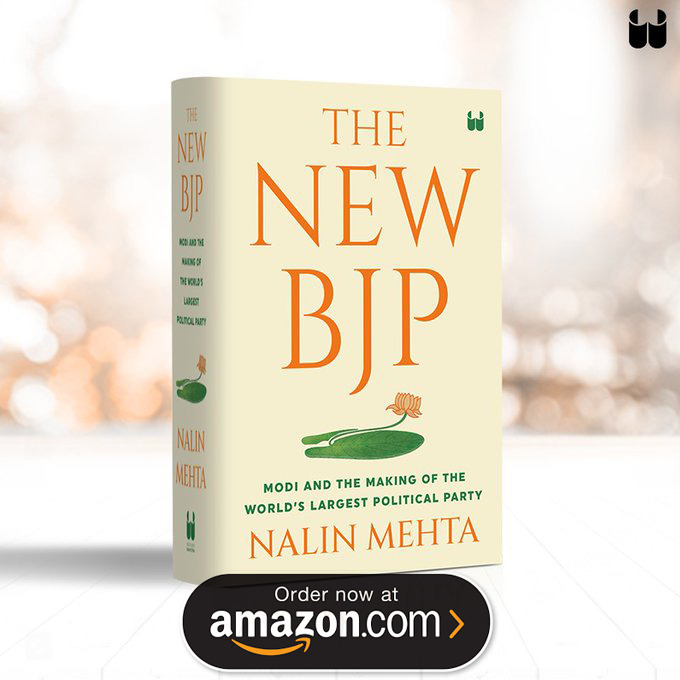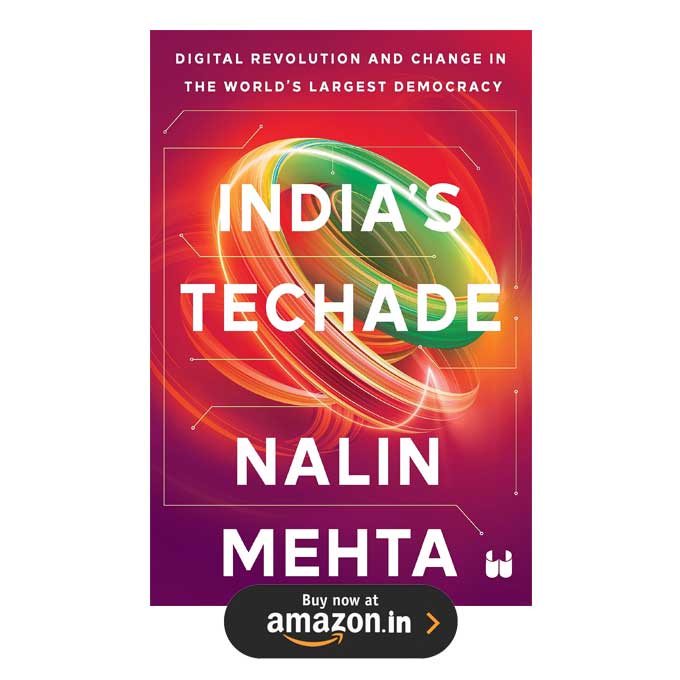Has public service broadcasting returned to Indian television?
When Ashok Kumar began appearing with his public service messages at the end of every Hum Log episode in 1984, he was adapting the model of Mexican telenovellas that couched family-planning messages within entertainment. No one paid much attention to the preachy messages but the elder statesman of Bollywood changed Indian television significantly, and also inadvertently set off an advertising revolution.
Nearly 20 years later, the landscape of Indian television is completely different, but the new Aamir Khan show, Satyamev Jayate, may well be a similar touchstone in a different kind of transition that is currently under way in the noisy marketplace of Indian television.
Blending an Oprah-style format with the conscience of Rajni and the instincts of Hum Log, Satyamev Jayate could mark the return of serious public service broadcasting to Indian screens. To be sure, it has always existed on Doordarshan in shows like Kalyani, for instance, but the Aamir Khan version demonstrates that such public interest programming can also be mainstream — and sell. Much like Hum Log, which incidentally launched the career of Maggi Noodles, triggered a year-on-year annual increase of roughly Rs 300 crore of TV advertising between 1983-84 and 1993-94 and set the stage for programmes like Buniyaad, Khandan and Nukkad, Satyamev Jayate has the potential to herald a new television phase.
Irrespective of its future fortunes, the wellspring of the show is a dawning realisation among television executives that the ground beneath their feet is shifting. When Star launched Kaun Banega Crorepati in 2000, the number of cable and satellite homes in India was roughly 10-11 million, half of which were in Delhi and Mumbai. By the time Colors came along in 2008, the numbers had swelled to about 85 million, with Delhi and Mumbai accounting for just about 20 per cent, and Tier II cities and smaller towns being far more plugged in. Of the 148 million households estimated to have television sets today, the urban-rural split is roughly 50:50, and though more urban households have cable connections, the balance is shifting quickly. According to Star TV’s Uday Shankar, exactly half the new additional connections are now coming from villages.
The demographics of the viewership have shifted away from the metros, first to small-town India and then to rural areas. This means that television must speak about issues that matter to the vast majority, and there has been plenty of evidence of this shift at least across entertainment channels. Satyamev Jayate is a manifestation of this structural shift that has been going on for a couple of years.
Secondly, the digitisation of Indian television that is under way means that more broadcasters have direct access to viewers’ homes, instead of going through middlemen who under-report numbers. The Cable Television Networks Amendment (Regulation) Bill, which was passed in December 2011, does not mark the beginning of this process but the legitimisation of something that was happening already.
Digitisation opens up new possibilities, including earning more from subscription fees, reducing the dependence on the tyranny of weekly ratings and actually creating programming that means something. With an estimated 40-45 million direct-to-home (DTH) customers already, the new age of Indian television may have already dawned upon us without us realising it. Again, surveys have shown that it is being driven as much by rural and small-town India as by urban viewers and if enough people are willing to pay, there is a good chance they will watch.
Third, Satyamev Jayate not only uses the seamless transition of Aamir Khan’s screen persona of the questioning Indian into a do-good kind of programming, but also weds the world of traditional media with the coming wave of digital media. Few broadcasters have so far changed their business models to meet the new challenges that the increasing penetration of digital cable, DTH, 4G, wireless and internet will bring. This show is present as much on the Web as on screen and smartly uses text messaging and social platforms.
Commercial fortunes may rise and fall but this is a show that seems to wear its ambition on its sleeves — that of reviving the conscience of television, one that gets destroyed on a weekly basis at the altar of the ratings. Were he alive today, Ashok Kumar may well be smiling.
Mehta is visiting senior research fellow at the National University of Singapore, and author of ‘India on Television’, express@expressindia.com

